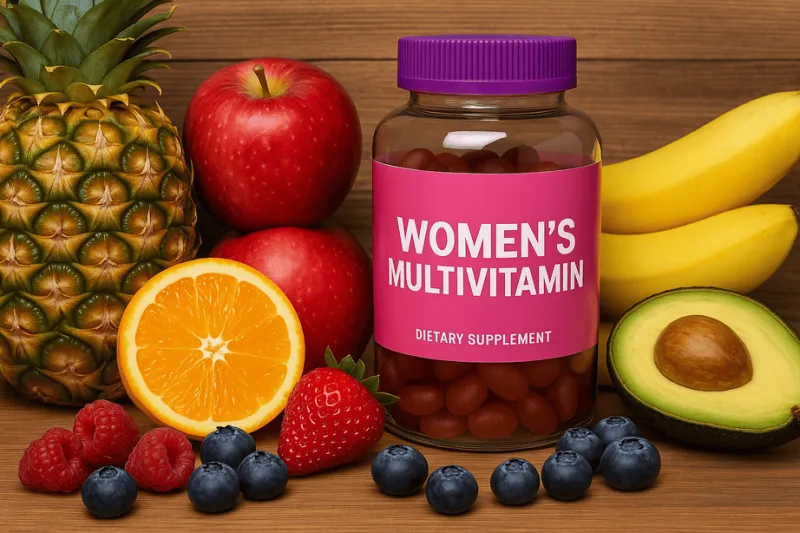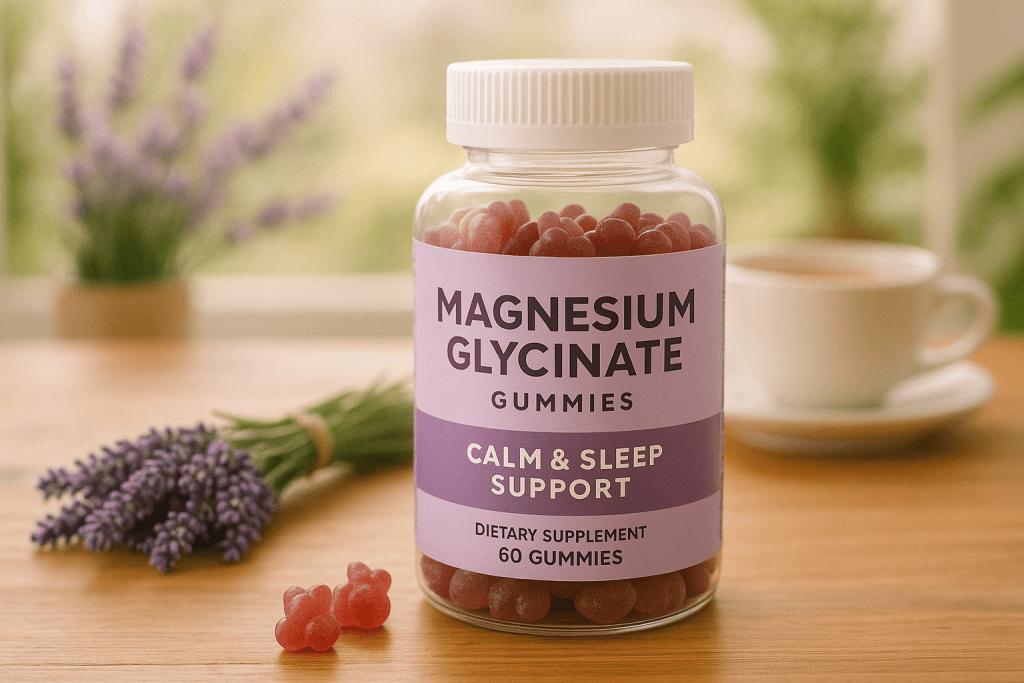Pilates before and after transformations show real-life changes in body shape, strength, posture, and weight loss. Discover how Pilates can change your life.
What Is Pilates? A Beginner’s Introduction
A Brief History of Pilates
Pilates is a low-impact workout method created by Joseph Pilates in the early 20th century. Initially designed for rehabilitation, it blends yoga, strength training, and controlled breathing to build strength, flexibility, and endurance. Joseph believed mental and physical health were interconnected, and his exercises proved that philosophy.
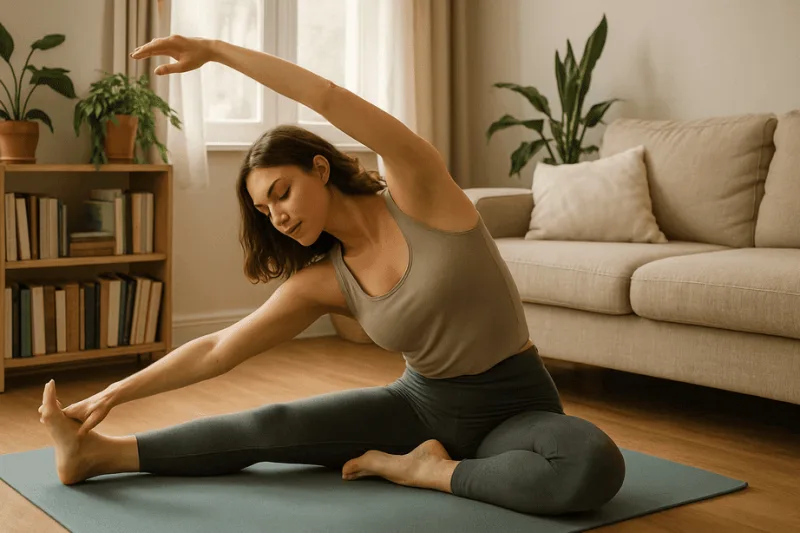
Main Types of Pilates Workouts
Pilates is typically practiced in two primary forms:
- Mat Pilates: Performed on a mat using body weight for resistance, it emphasizes control and core engagement.
- Reformer Pilates: Uses a spring-loaded machine called a reformer to add resistance and support more dynamic, precise movements.
Both methods are centered around improving core strength, alignment, and muscular control, making Pilates an accessible and effective workout for individuals at any fitness level.
The Full-Body Benefits of Pilates
Flexibility and Posture Improvements
One of the first things you’ll probably notice with Pilates is how much more flexible you feel. It’s all about stretching and strengthening your muscles in a balanced way, which naturally helps improve your posture. Over time, it can make your spine feel longer and your body look more upright and toned, like you’re standing taller without even trying.
Mental Health and Emotional Balance
Pilates also supports mental wellness. With its emphasis on deep breathing and body awareness, it’s known to reduce stress, increase mindfulness, and improve sleep quality. Many participants feel emotionally uplifted after each session.
Why Pilates Works for Everyone
How It Differs from Other Workouts
Unlike high-intensity workouts, Pilates is gentle on the joints. It targets smaller, often overlooked muscle groups vital for core stability and alignment. It emphasizes slow, controlled movements rather than high-rep exhaustion.
Ideal for All Age Groups
Pilates is inclusive for teenagers to seniors. It’s particularly recommended for pregnant women, people with back pain, and older adults who want to maintain strength and mobility without risk of injury.
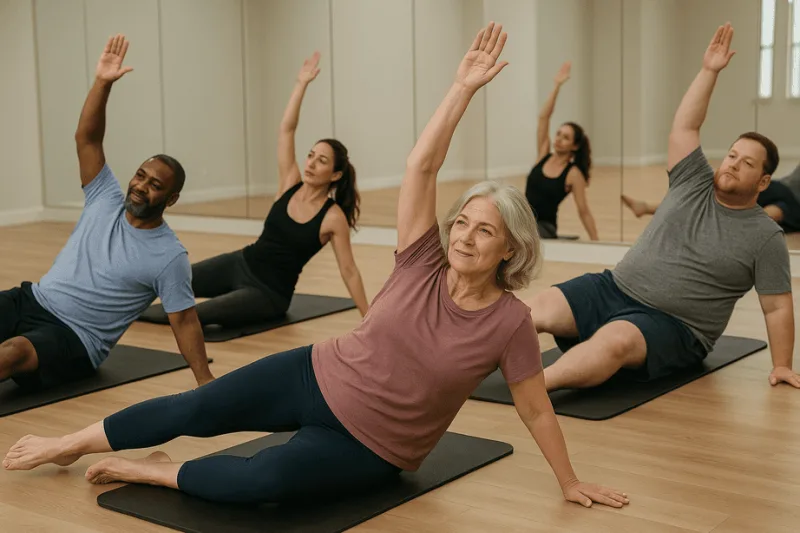
Pilates Before and After: Visible and Physical Changes
Body Shape and Muscle Tone
Regular Pilates practice leads to a leaner, more toned body. Many users report a slimmer waistline, tighter abs, and more defined arms and legs after 4–8 weeks of consistent training.
Endurance and Core Strength
Pilates activates deep core muscles, improving stamina, balance, and stability. This strength helps during workouts and enhances performance in daily activities like walking, lifting, and sitting upright.
Real User Experiences with Pilates Transformations
Weight Loss Success Stories
While Pilates is not purely cardio, it aids in fat loss by building lean muscle and improving metabolic efficiency. Real users have documented weight losses of 5 to 15 pounds in a few months, combined with better muscle definition and confidence.
Pain Relief and Posture Correction
Many individuals turn to Pilates to manage chronic back, neck, or joint pain. By improving spinal alignment and muscular balance, Pilates relieves tension and reduces the frequency of aches. Some even report being able to stop medication after months of consistent sessions.
How Long Does It Take to See Results?
The Power of Consistency
Joseph Pilates famously said:
“In 10 sessions you’ll feel the difference, in 20 you’ll see the difference, and in 30 you’ll have a new body.”
This holds for most people. Practicing Pilates 3 to 4 times a week can show visible changes in as little as 3 to 6 weeks.
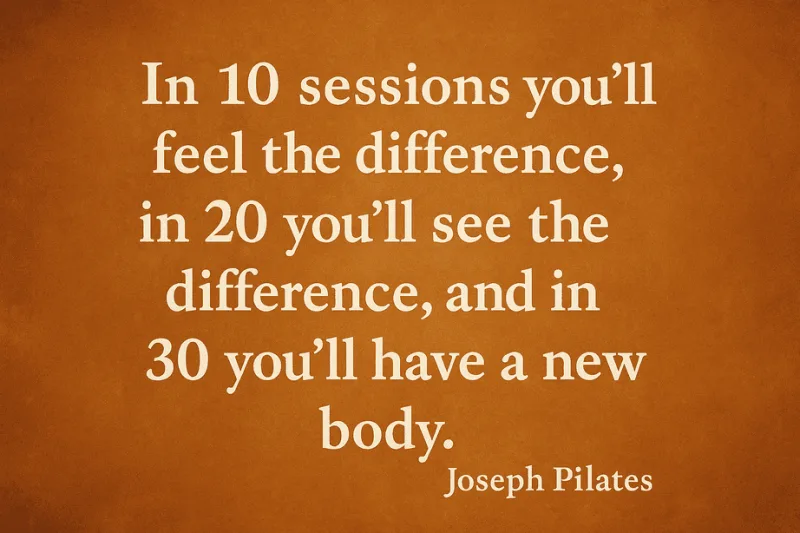
Factors That Influence Progress
Results vary depending on:
- Workout frequency and intensity
- Diet and hydration
- Age and current fitness level
- Quality of instruction
Is Pilates Effective for Weight Loss?
Comparing Pilates to Cardio
While traditional cardio burns more calories per session, Pilates boosts muscle tone and metabolic rate—key ingredients for long-term fat loss. It’s not about quick fixes, but sustainable transformation.
Fat Burning and Metabolism Boost
By engaging the body’s stabilizing muscles and improving core activation, Pilates increases resting energy expenditure, which means your body burns more calories throughout the day.
Pairing Pilates with a Healthy Diet for Better Results
Why Nutrition Matters
Exercise alone can only do so much. A balanced diet rich in lean protein, complex carbs, and healthy fats enhances recovery and maximizes Pilates’ benefits. Muscles won’t rebuild efficiently without proper fuel, and fat loss will stall.
Sample Balanced Meal Plan
Meal Examples
| Breakfast | Oatmeal with chia seeds and berries |
| Lunch | Grilled chicken salad with avocado |
| Snack | Greek yogurt with almonds |
| Dinner | Baked salmon with quinoa and steamed greens |
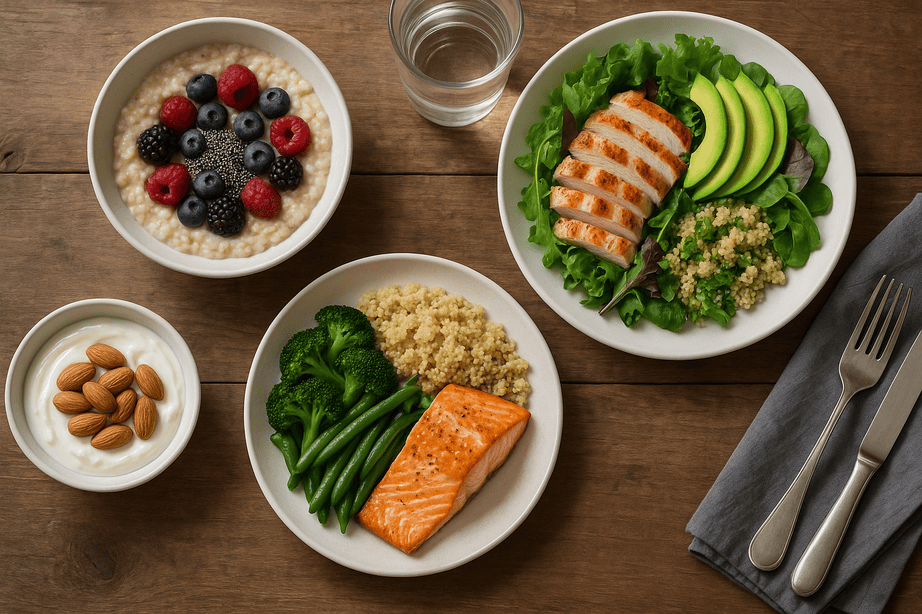
How Pilates Shapes Your Muscles and Spine
Improved Posture and Alignment
A key benefit of Pilates is spinal awareness. As posture improves, people often look taller, feel more energized, and reduce fatigue caused by poor body mechanics.
Correcting Muscular Imbalances
Pilates helps balance your body by targeting muscle imbalances and common postural issues like rounded shoulders, tilted hips, or flat feet. As your alignment improves over time, you’ll start to move more efficiently and perform better in all kinds of physical activities—whether it’s working out, playing sports, or just getting through your day with less strain.
Before and After Photos: Real Pilates Transformations
Seeing the Progress
Before-and-after photos are a great way to track your Pilates journey visually. They often reveal subtle yet powerful changes that might be hard to notice day-to-day. Some of the most common visible improvements include:
- A straighter, more aligned posture
- A flatter and more engaged core
- Toned arms and thighs
- A noticeably more confident and grounded stance
- These transformations are more than cosmetic—they reflect real strength, control, and body awareness built over time.
Unlike dramatic “gym bulk” images, Pilates before-and-after results often show subtle but meaningful changes—leaner lines, improved balance, and a graceful silhouette.
Verified Case Studies
Many Pilates studios and wellness websites (like Verywell Fit) share testimonials and visual progress of clients who followed consistent Pilates routines for 8–12 weeks. These fundamental transformations validate Pilates as a proven method for reshaping the body and improving overall wellness.
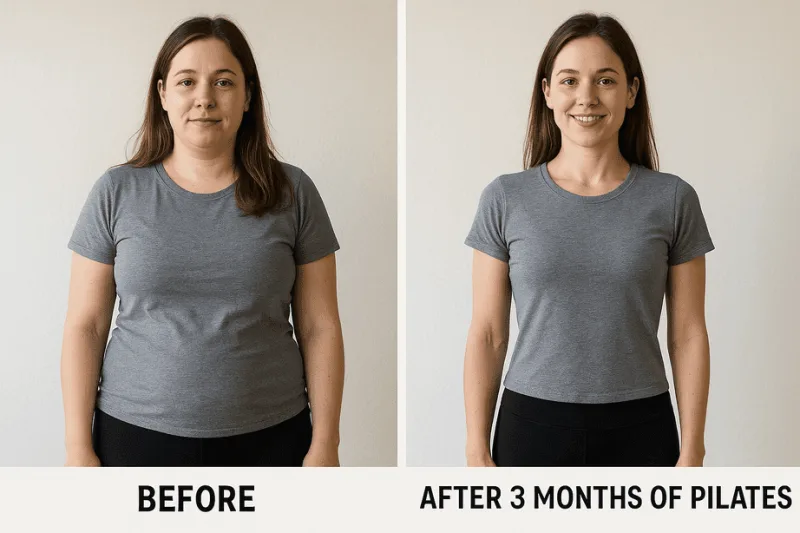
Common Mistakes to Avoid in Your Pilates Journey
Lack of Commitment
Consistency is key. One common pitfall is expecting results from infrequent or short-term practice. Pilates is not a quick fix—it requires dedication, but the outcomes are lasting.
Performing Exercises Incorrectly
Because Pilates emphasizes control and alignment, performing movements incorrectly may lead to poor results or injury. That’s why beginner guidance—whether through in-person sessions or certified online platforms—is essential.
A Beginner’s Weekly Pilates Routine
Foundational Movements
If you’re starting, these basic moves are perfect for building core strength and control:
- The Hundred
- Leg Circles
- Single Leg Stretch
- Roll-Up
- Pelvic Curl
Structuring a Weekly Plan
Here’s a simple weekly guide:
| Day | Routine |
| Monday | 20–30 min Core & Flexibility |
| Wednesday | 25 min Full Body Routine |
| Friday | 30 min Beginner Reformer or Mat |
| Saturday | Light Stretching or Active Rest |
This routine builds strength while preventing overuse.
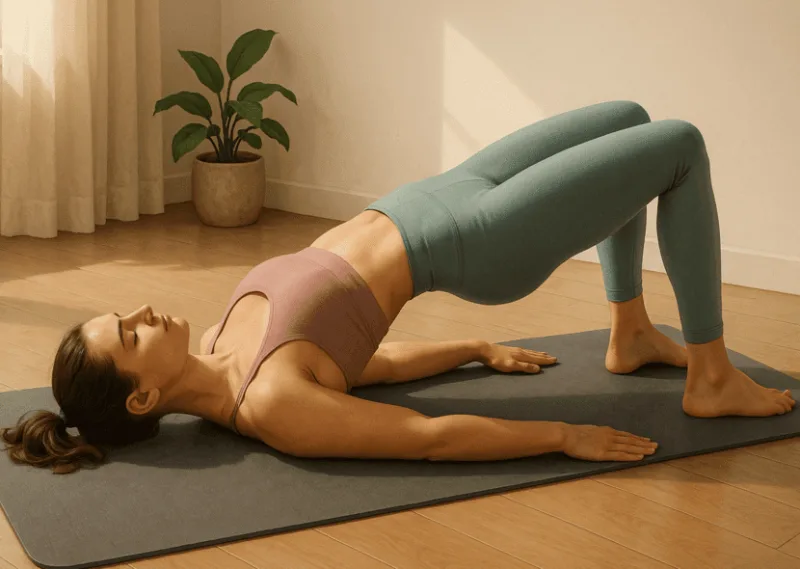
Why a Certified Instructor Makes a Big Difference
How to Choose a Trainer
Look for:
- Certification from bodies like STOTT or BASI
- Positive client testimonials
- An understanding of your goals and limitations
A good trainer guides your form and motivates you to stay consistent.
The Role of Proper Instruction
Quality instruction ensures:
- Proper alignment and breathing
- Adjustments for injuries or stiffness
- Faster and safer progress
Especially for beginners or those recovering from injuries, a qualified instructor can make or break your success.
How to Maintain Your Pilates Results Long-Term
Keep Training Post-Goal
Don’t stop once you reach your goal! Transition to a maintenance phase by doing 2–3 weekly Pilates sessions. Consider exploring intermediate classes to keep it challenging.
Long-Term Motivation Tips
- Join a Pilates group or community
- Track your progress with photos or journals
- Mix in new routines and props (like resistance bands or rings)
Sustaining motivation is all about creating variety and celebrating small wins.
Frequently Asked Questions About Pilates Before and After
1. How long does it take to see results from Pilates?
Most people begin to feel changes after 5–10 sessions and see physical changes after 3–6 weeks of consistent practice.
2. Can Pilates flatten my stomach?
Mat Pilates focuses heavily on deep abdominal muscles, creating a flatter and firmer core.
3. Is Pilates good for seniors?
Absolutely. It’s low-impact, improves balance, and is adaptable to all mobility levels.
4. Do I need equipment to do Pilates?
Not necessarily. Mat Pilates requires only a mat and a towel. Reformer Pilates uses machines, but it isn’t essential to get results.
5. How many times a week should I do Pilates?
Aim for 3–4 weekly sessions to see steady and lasting improvements.
6. Can Pilates help with back pain?
Yes. It strengthens core stabilizers, improves posture, and reduces the strain on the spine.
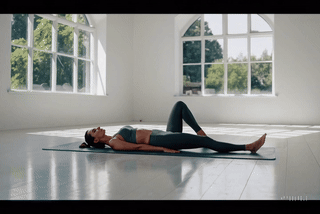
Final Thoughts: Can Pilates Change Your Life?
The answer is a confident yes. Pilates may not deliver instant weight loss or drastic transformations like some fads, but its gentle, powerful approach to mind-body wellness builds strength from the inside out. Pilates is a gentle yet powerful way to get there, whether you’re looking to improve your posture, ease everyday aches, or feel stronger and more confident.
Stick with it, and over time, you’ll notice the difference—not just in how you look but also in how you move, feel, and carry yourself every day.

